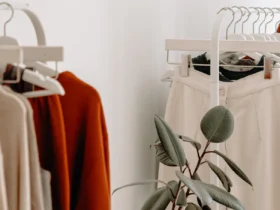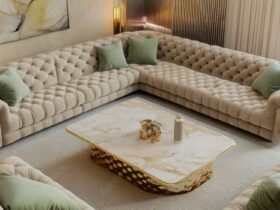Diamond art enthusiasts often debate whether to start their projects from the top or bottom of the canvas. Both approaches have their merits, but starting from the top generally offers more advantages. Beginning at the top allows gravity to work in your favor, reducing the risk of dislodging placed diamonds as you progress downward.
This technique proves especially beneficial for larger canvases, where maintaining stability becomes crucial. By working from top to bottom, artists can more easily manage their workspace and minimize accidental smudging or displacement of completed sections. It also facilitates covering finished areas with protective materials like parchment paper, preserving the artwork’s integrity.
For those new to diamond painting or working on smaller projects, starting from the bottom can be a viable alternative. Diamond art mini kits, which typically feature more compact designs, may be less affected by gravitational concerns. Ultimately, the choice depends on personal preference and the specific requirements of each project.
Key Takeaways
- Starting from the top leverages gravity to maintain diamond placement
- Bottom-up approach can work well for smaller projects or mini kits
- Personal preference and project size influence the optimal starting point
Starting Your Diamond Art Journey
Diamond painting is an engaging craft that combines elements of cross-stitch and paint-by-numbers. The initial steps and tool selection are crucial for a successful project.
Understanding the Basics of Diamond Painting
Diamond painting involves placing small, colorful resin diamonds onto a pre-printed adhesive canvas to create a sparkling mosaic image. The canvas features symbols corresponding to different diamond colors. A typical kit includes the canvas, diamonds, applicator tools, and wax.
Many artists debate whether to start from the top or bottom of the canvas. Starting from the top prevents accidental smudging of completed sections. However, beginning at the bottom can be more comfortable for some crafters.
Using a light pad underneath the canvas enhances symbol visibility, especially for detailed designs. This tool proves invaluable for extended painting sessions.
Selecting the Right Tools
The right tools can significantly improve the diamond painting experience. A quality diamond applicator is essential. Single-tip applicators work well for precise placement, while multi-diamond applicators speed up the process for larger areas.
Diamond pens come in various sizes and styles. Ergonomic pens reduce hand fatigue during long sessions. Some crafters prefer wax applicators for their ease of use.
Organizing diamonds by color in small containers helps maintain an orderly workspace. Tweezers can assist with placing individual diamonds in tight spaces.
A comfortable, well-lit work area enhances focus and creativity. Proper lighting reduces eye strain and allows for accurate color matching.
Optimizing the Diamond Art Process
Efficient techniques and strategic approaches can significantly enhance the diamond art experience. Careful preparation and thoughtful decisions about where to begin working on the canvas are key to achieving optimal results.
Preparation Strategies for Efficiency
Organization is crucial for a smooth diamond art process. Sort drills by color into labeled containers before starting. Use blue tac to create a small barrier around the work area, preventing loose drills from scattering. Keep baby wipes nearby for clean hands and a lint-free workspace.
A dryer sheet can reduce static electricity, making drills easier to handle. Set up adequate lighting to clearly see symbols and colors. Prepare a comfortable workstation with proper back support to maintain good posture during long sessions.
Tips for Starting at the Top vs Bottom
Starting at the bottom of the canvas offers several advantages. It reduces the risk of smudging completed areas and allows for a more natural hand position. This approach is particularly beneficial for right-handed artists working from left to right.
Beginning at the top can be preferable for left-handed artists or those concerned about canvas curling. To prevent curling when starting at the top, secure the canvas edges with tape or weights. Some artists alternate between top and bottom sections to maintain canvas flatness throughout the process.
Ultimately, the choice between starting at the top or bottom depends on personal preference and the specific design of the diamond art piece. Experimenting with both methods can help determine the most comfortable and efficient approach for each individual artist.
Conclusion
There is no definitive “best” place to start a diamond painting. Both top-down and bottom-up approaches have merits. Starting from the top prevents smudging but can be awkward to reach. Beginning at the bottom allows easier access but risks sticking to the adhesive.
Ultimately, personal preference and comfort are key factors. Some artists alternate between top and bottom sections. Others start from a corner and work diagonally. The most important thing is finding a technique that works well for the individual crafter and allows them to enjoy the diamond painting process.







Leave a Reply